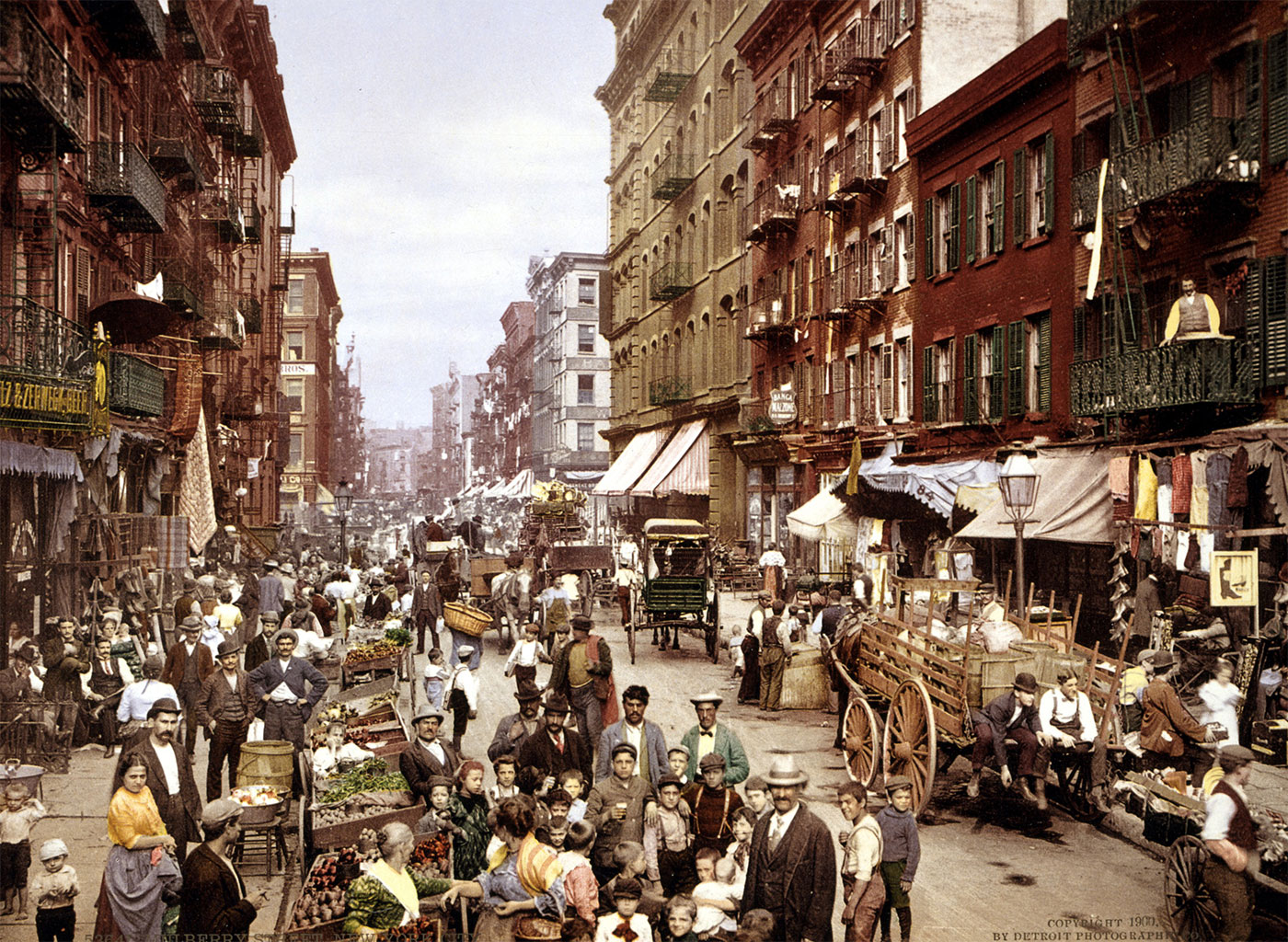
One of the most fascinating museums in the United States stands at the corner of Delancey and Orchard Street on the Lower East Side of New York City.
Stepping into the Tenement Museum is time travel into the lives of hardworking American immigrant families.
You pick your year. Would you like to see 1873? What about the depression of the 1930’s? Or a visit with an Irish family in the 1860’s, when a common line in employment ads was: Irish Need Not Apply. When you step into 97 Orchard street, you step back into a vital part of American history.
Joseph was off to work.
The coal stove was smoking a bit, but at least the kitchen was warm. Bridget put her hand on the baby’s forehead for a moment, then picked up the pail. Agnes had been sick for days, and was now weak from the dysentery. And it was wash day. She sighed. The weather was too poor to do the laundry outside, and that meant hauling a number of buckets of water up four flights of stairs. She opened the door and nearly ran into Mrs. Stein in the dark hallway.
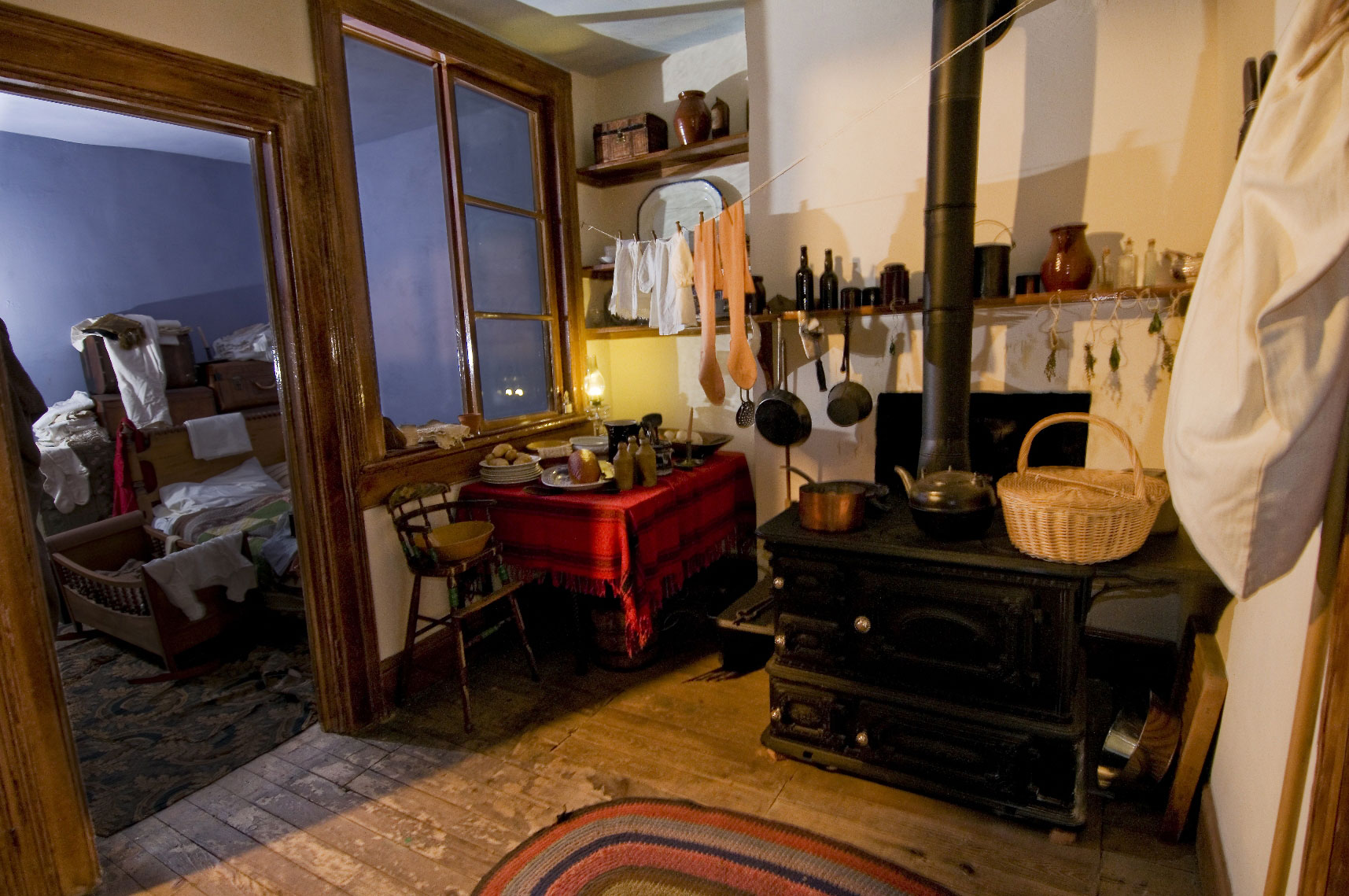
If you immigrated to New York in the 1860’s, this could have been part of your living experience on the Lower East Side.
Approximately 30 million immigrants entered the U.S. between 1870 and 1930, many of them coming through the port of New York — either to Castle Garden (Castle Clinton), or to Ellis Island which opened in 1892.
The population of New York city exploded — increasing more than 50 times over during the 19th century – going from 79,000 in 1800 to more than 3.4 million by 1900.
The demand for housing was extraordinary.
The nineteenth century answer to this problem? The American tenement.
They were narrow buildings, 25×100 feet, and in New York, predominantly five or six stories tall. The apartments were normally three, sometimes four rooms, depending on the tenement, and around 350 square feet total. They were crowded and dark, hot in the summer, cold in the winter, and poorly ventilated. There was no indoor plumbing until the early 1900’s.
It’s important to understand that living conditions in the tenements of New York varied dramatically.
The worst of the tenements were horrible — and were documented by Jacob Riis in How the Other Half Lives. However, there was a tendency for social activists of the day to lump all of the tenements together, focusing on the worst to help achieve change.
Of course things aren’t that simple — and understanding this may be one of the great gifts of visiting the Tenement Museum.
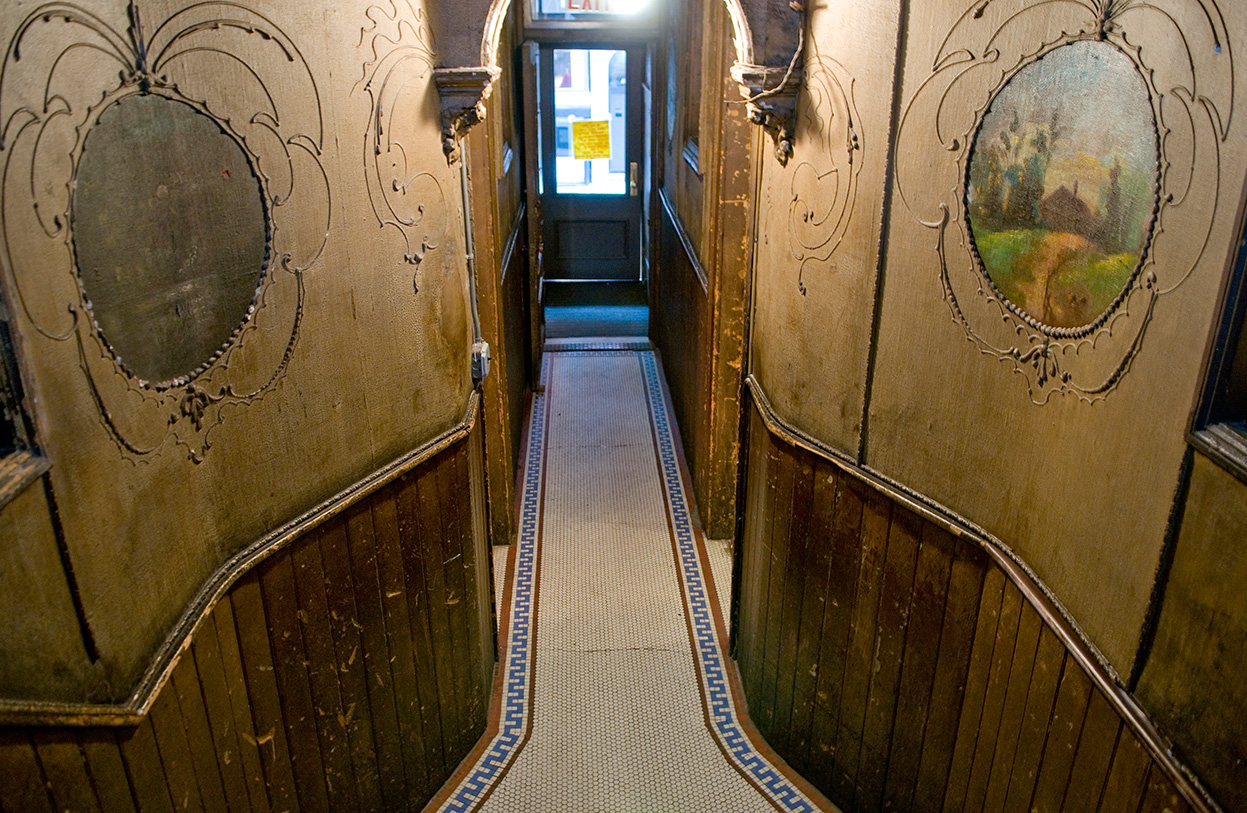
From 1863-1935, more than 7,000 people from 20 different countries called 97 Orchard Street home.
The Tenement Museum in the Lower East Side of Manhattan brings this history to life for 220,000 visitors annually, more than visit many of the larger history museums in New York. It is an affiliate of the National Park Service, linked with the immigrant landmarks of Ellis Island, the Statue of Liberty, and Castle Garden (Castle Clinton).
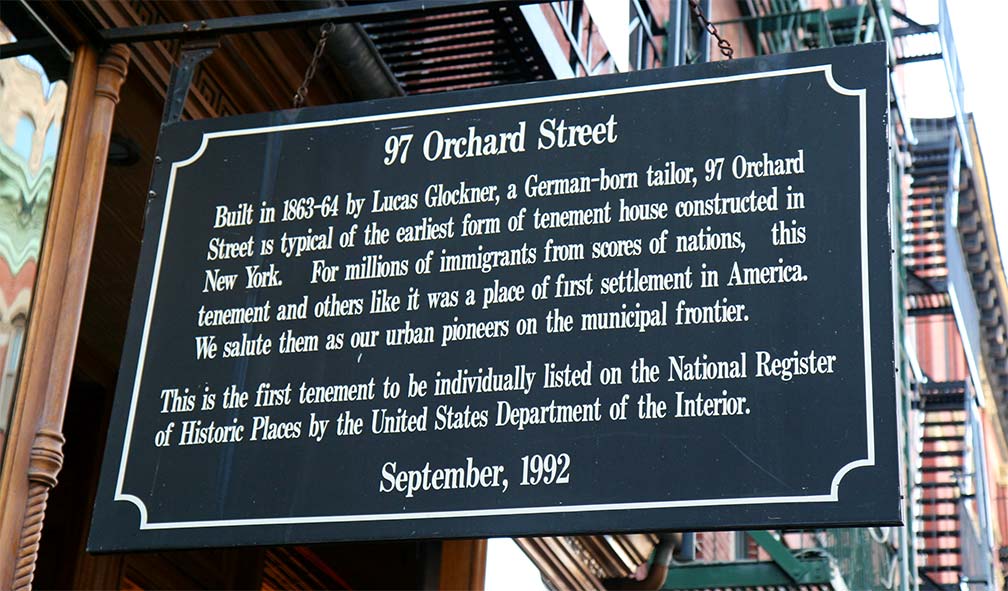
When I mentioned visiting the Tenement Museum, one of my friends envisioned glass cases with artifacts and dioramas. But it’s not that kind of museum.
The museum did research on residents of 97 Orchard Street, a combination of census data and genealogy, and then information, photographs, and recorded oral history from current families whose parents, grandparents, or great-grandparents had lived there. A group of apartments has been renovated to different points in the building’s history to represent the families that occupied them.
The only way to visit the Orchard Street tenement is one of the tours, which are interactive and story-telling in the way they are conducted. On both of my visits, there was animated discussion between the guide and the visitors, sharing history and discussing what life would have been like for the families whose homes we were visiting.
Current Tenement Museum Tours:
- Hard Times (available in 1 and 2 hour versions)
- Irish Outsiders
- Shop Life
- Sweatshop Workers (available in 1 and 2 hour versions)
- Tastings at the Tenement
- Exploring 97 Orchard
- Coming Soon! 103 Orchard
- Explore the tours in more detail
I’ve visited the Tenement Museum twice now.
When my daughter Catherine was fifteen, I brought her to NYC for her first visit. I’d read about the Tenement Museum, and I thought it would be a way to give her a true sense of the history of the city, something to juxtapose with the grandeur of, say, the Metropolitan Museum.
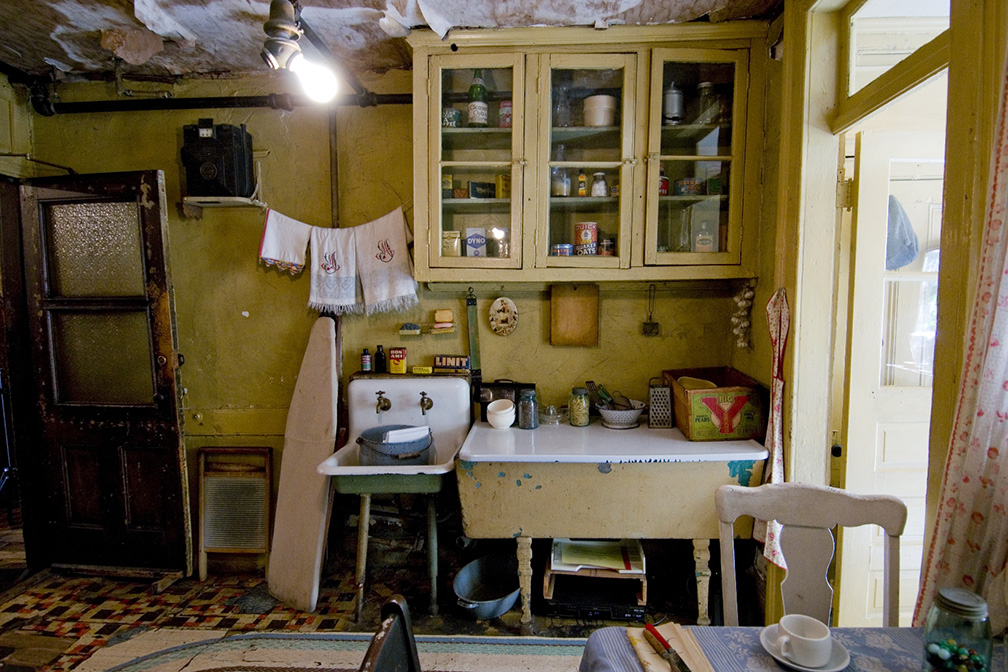
We took the Hard Times tour, which focused on two families: the Gumpertz family (from Germany) during the crisis of 1873, and the Baldizzi family (from Italy) during the depression of the 1930’s.
Just last weekend, I returned for the Irish Outsiders tour. This time I visited the apartment of Joseph and Bridget Moore who lived at 97 Orchard Street in 1869.
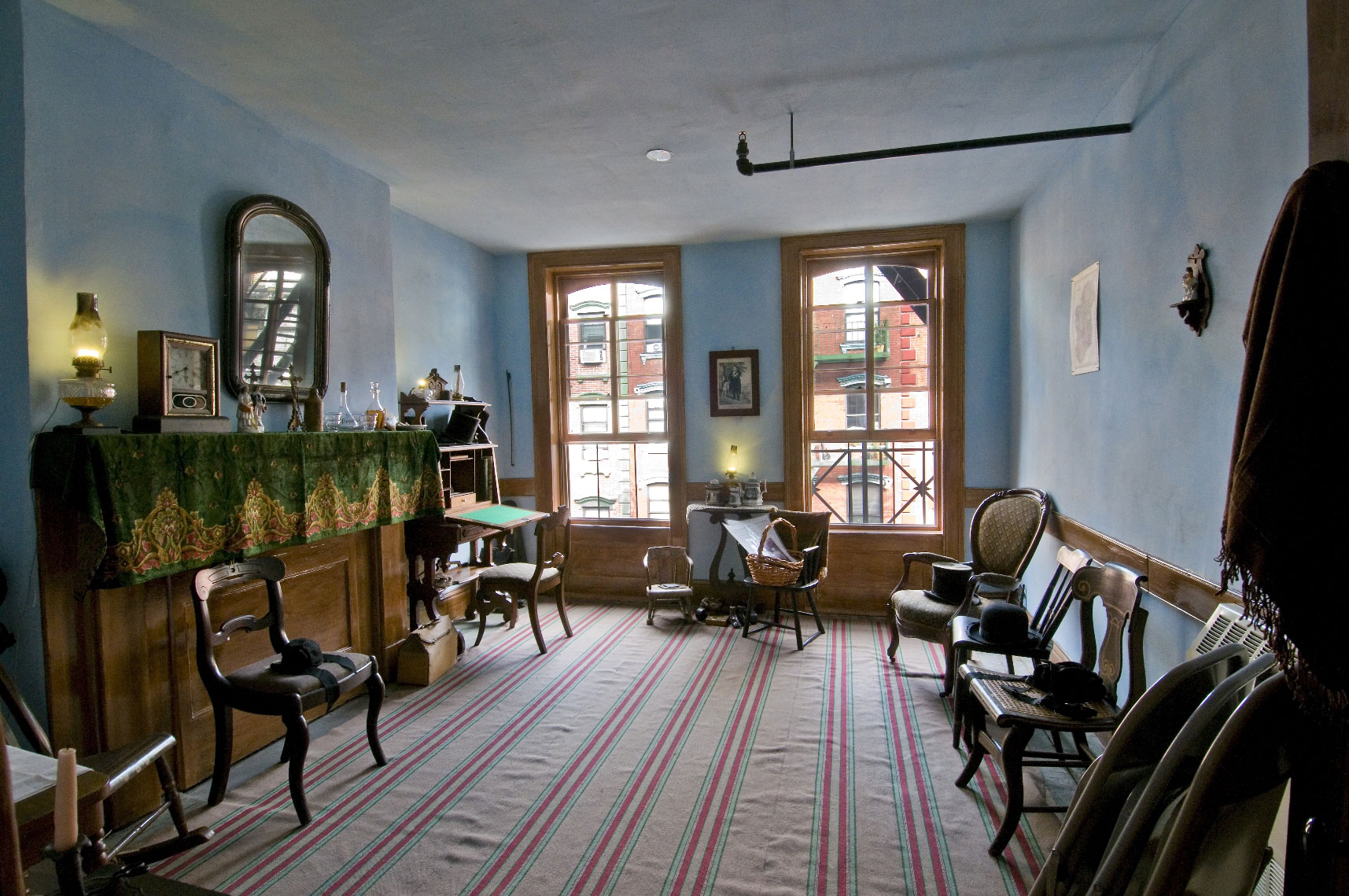
My advice is to start with the Hard Times tour. Since it addresses two different time periods and families with different ethnic backgrounds, I think it’s a great introduction to the museum.
If you live in the United States, your family immigrated – unless you happen to be native American.
All of our families have interesting stories. Mine came to America in the 1700’s, Hugenots escaping religious persecution, and then a Scots-Irish family looking for a better future. Listening to different immigration experiences connects us on a deep level.
It just depends on when your ancestors arrived as to the types of hardships they faced. It is estimated that 40 percent of all current U.S. citizens trace at least one of their ancestors to Ellis Island.
Tenement Museum Shop and Bookstore

On both of my visits to the Tenement Museum, I was impressed by their shop. My readers know I love small, independent bookstores, and this is a fine one with a focused collection.
I brought home two books this time, A Tenement Story: The History of 97 Orchard Street, and The Lower East Side Tenement Museum, and 97 Orchard Street: An Edible History of Five Immigrant Families in One New York Tenement.
I am particularly taken with the 97 Orchard Street: An Edible History by Jane Ziegelman. Here is an excerpt of her book:
“Our visit with Mrs. Gumpertz begins on a Friday, late morning, over a steaming pot of fish, a carp. The fish lays snugly in an oblong vessel, like a newborn in a watery cradle. From our vantage point, it looks intact. In reality, however, the fish has been surgically disassembled and reassembled. It is the kind of culinary operation worthy of a trained professional, yet the responsible party is standing in front of us, an ordinary home cook.
The process begins with a slit down the backbone. Mrs. Gumpertz opens the fish the same way one opens a book. Carefully, she scrapes the flesh from the skin, chopping it fine so it forms a paste, what the French call a forcemeat. Reduced to a mere envelope, head at one end, tal at the other, it is now the perfect receptacle for stuffing. Mrs. Gumpertz fills the skin with the paste and sews it shut. She lays the reconstructed carp on a bed of fish bones and onions — sliced but unpeeled — then puts it on to simmer.
Just now, she is standing over the open pot, wondering if it needs more time. She prods it with a spoon; the fish is ready. She lifts the pot from the stove, moves it to a chair in the parlor, and leaves it there to cool by an open window. Moments before sundown, start of the Jewish Sabbath, she slices her carp crosswise into ovals and lays them on a plate. The cooking broth, rich in gelatin from the fish bones, has turned to jelly. The onion skin has tinted it gold. Mrs Gumpertz spoons that up too, dabbing it over the fish in glistening puddles. To a hungry Jew at the end of the workweek, could any sight be more beautiful?” — Jane Ziegelman
If you want to buy these books, please do it through the Tenement Museum Shop online, since proceeds go to benefit the museum.
I encourage you to visit the Tenement Museum. I found both of my tours not simply interesting, but moving — a way of connecting to this important part of American history in a very personal way. I look forward to returning on my next trip to NYC!

When I visited last weekend, the Tenement Museum Shop was surrounded by a scaffolding, which made for a poor shot. Then I found that photographs inside of 97 Orchard Street is not allowed — which of course I respect. A big thank-you to the Tenement Museum of New York for sending the photographs!
Update note: One of my Facebook readers went to the Tenement Museum during the summer. Of course, there is no air conditioning in 97 Orchard Street. Just something to keep in mind if you are thinking about going on a really hot day!
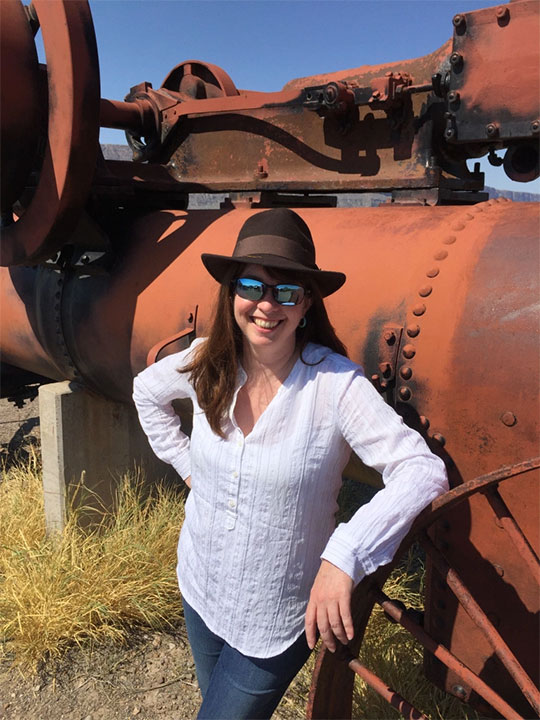
About Ann
I grew up in Mississippi and New Orleans, have lived in both Seattle and Manhattan, and finally moved back to Texas in 1990’s.
I have a darling teenage daughter who heads off to university in the fall of 2017. I have been divorced and am now widowed. Finally, I am a colon cancer survivor.
I am now writing and traveling full time — what a wonderful thing!
This website is a forum for many things. I want to talk about life, in all of its rich, wonderful and terrifying forms. I want to share my travels, my thoughts on life, and my experiences as a woman and a mom. I want to talk about the nature of reality and the meaning of life, and to celebrate being alive.
Thank you for visiting!
I’m writing and traveling full-time now, and if you like my work, please subscribe to my blog via email.
I’m happy you’re here — for other articles on life and travel, browse the home page:
Sources
Blackmar, Elizabeth. Manhattan for rent: 1785-1850. Ithaca: Cornell U Press, 1991. Print.
Blanck, Maggie. “Life in New York.” Life in New York. N.p., n.d. Web. 02 Feb. 2017. <http://www.maggieblanck.com/NewYork/Life.html>.
History.com Staff. “Ellis Island.” History.com. A&E Television Networks, 2009. Web. 03 Feb. 2017.
Plunz, Richard. “A History of Housing in New York City Reprint Edition.” N.p., 1990. Web. 02 Feb. 2017.
Seitz, Sharon. A tenement story: the history of 97 Orchard Street and the Lower East Side Tenement Museum. New York, NY: Lower East Side Tenement Museum, 2004. Print.
Stamp, Jimmy. “Pioneering Social Reformer Jacob Riis Revealed “How The Other Half Lives” in America.” Smithsonian.com. Smithsonian Institution, 7 May 2014. Web. 02 Feb. 2017. <http://www.smithsonianmag.com/history/pioneering-social-reformer-jacob-riis-revealed-how-other-half-lives-america-180951546/>.
“The Tenement.” WTTW Chicago Public Media – Television and Interactive. N.p., 03 Apr. 2016. Web. 01 Feb. 2017. <http://interactive.wttw.com/ten/homes/tenement>.
Ziegelman, Jane. 97 Orchard Street: An Edible History of Five Immigrant Families in One New York Tenement. New York: Harper Collins, 2010. Print.




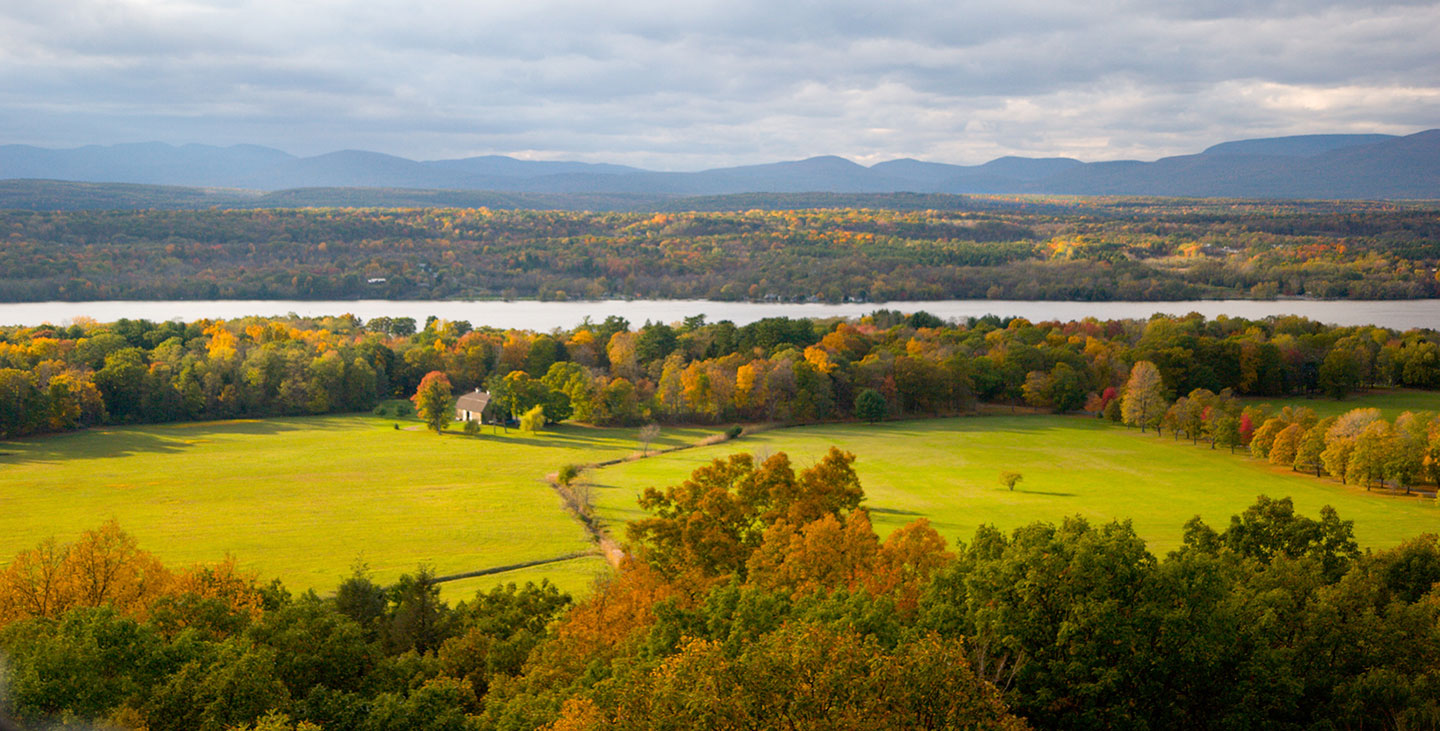
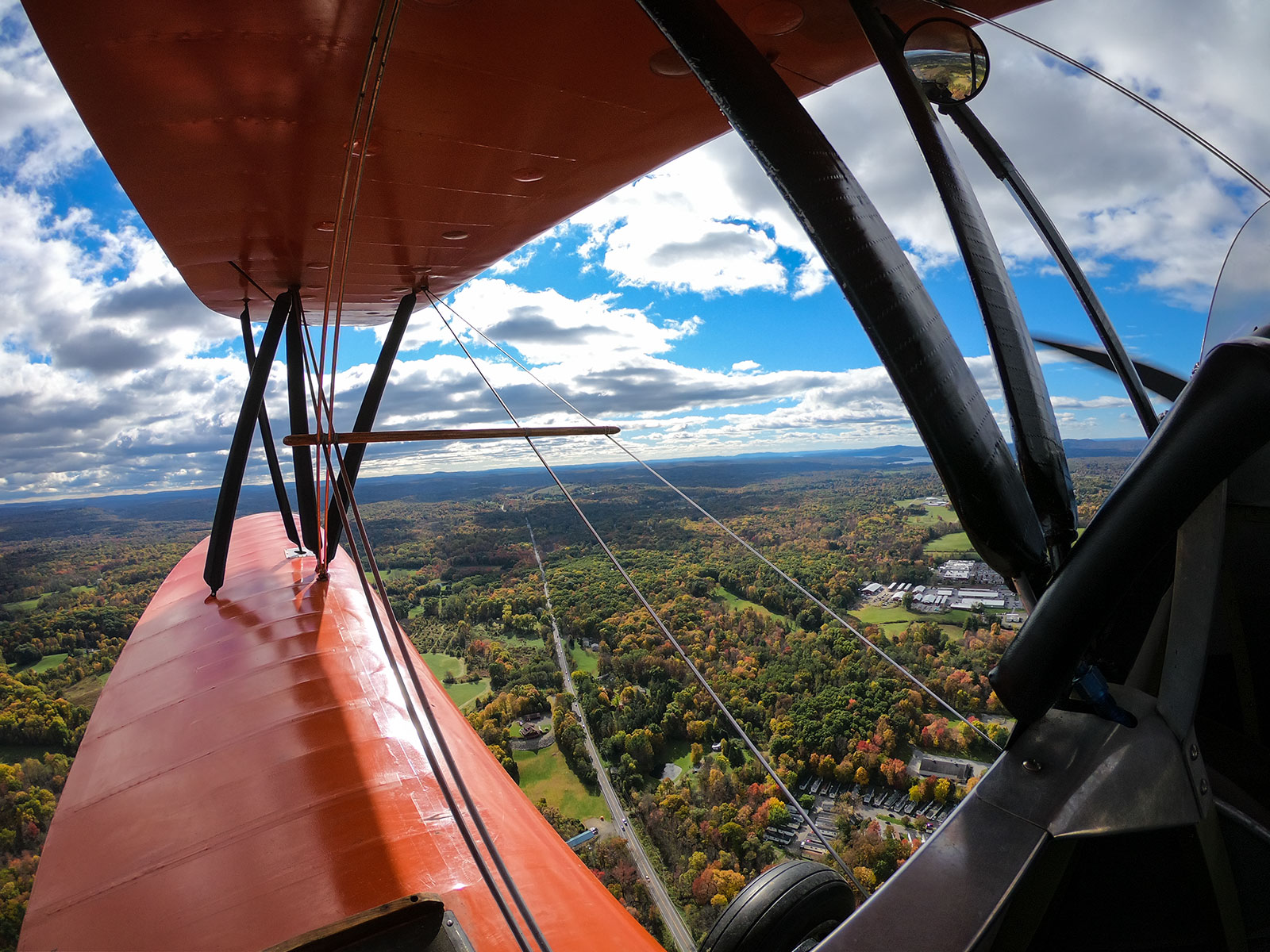
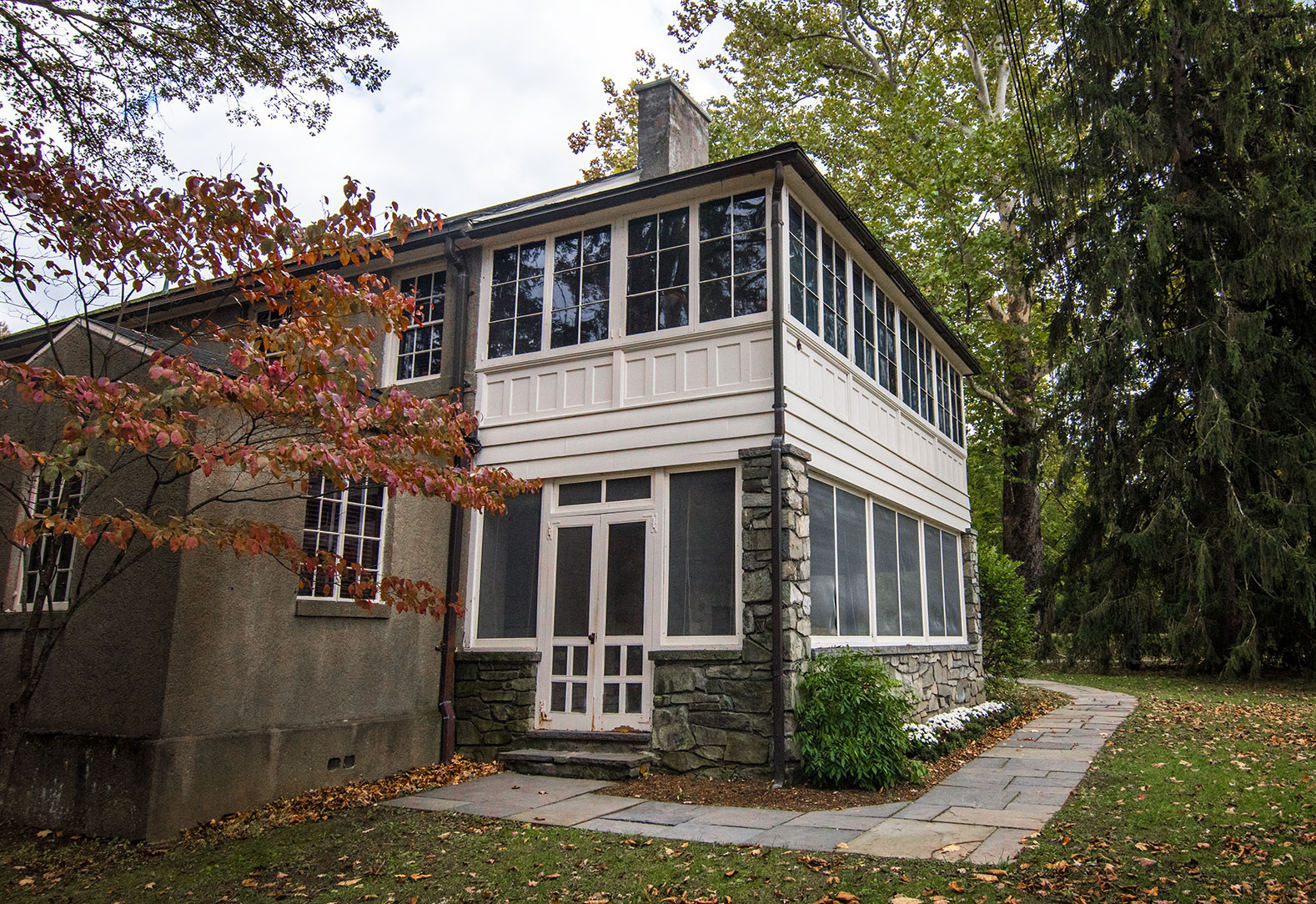
I was hoping to find a source to the photo you used at the top of your post of Mulberry Street. I would like use it for educational purposes.
Hi Keri, Since visitors are not allowed to take photos on tour, the Tenement Museum is very generous about supplying photographs. I simply emailed them and asked for images. After looking on their website, it looks like you should be able to email them at press-inquiry@tenement.org — and I’m sure they’ll be happy to provide you with images.
And the original black and white photograph of Mulberry Street is from the Library of Congress, and you can find it here at Wikimedia Commons. I tried pasting a link in, but it didn’t work. But if you search “Wikimedia Commons Mulberry Street” you’ll find both the black and white and colorized versions, and they are in the public domain.
Seems like a magnificent museum, Ann! Would you recommend visiting it in winter to avoid hot weather?
I think fall through spring would be fine — I think full-on summer would be unpleasantly hot.
[…] Source: Visiting the Tenement Museum […]
I grew up in New York, and my father’s family lived in apartments very much like these. As did I for a couple of months when I was 18 or so–it looked like your top photo, only it wasn’t that clean. Or that neat. Or that crowded. It was small even for one person. Good post.
Ellen, thanks for sharing. I love people stories, family stories — and I think that’s why the Tenement Museum touches me. A chance to see into lives —
Reblogged this on Dream Big, Dream Often and commented:
I love this post I found on Ann Cavitt Fisher!!
Thanks so much! This really helped me visualize where my Ulster ancestors lived upon arriving in New York through Castle Garden in November 1857 and lived on Orchard Street for a short while. Unfortunately, my traveling days are over, but I’ve suggested to younger family members they take a field trip 🙂
Oh, Beth — I could not be happier — I’m so glad I could give you that. I’d recommend going to the Tenement Museum site and picking out a couple of their books. I’ve particularly enjoyed “97 Orchard Street: An Edible History.” I found an NPR interview of the author Jane Ziegelman which I though you might like: http://www.npr.org/templates/story/story.php?storyId=127517892 — Ann
I’ve been to the Tenement Museum on numerous occasions bringing family and friends when they come to visit. Regardless of their age, from teenagers to seniors, the response is always the same, what a fantastic experience. I, personally, learn something new with each visit. And then after your visit, you can take a walk on the Brooklyn bridge. What better way to experience New York. Enjoy.
I feel the same way — have learned something new on both visits. I look forward to doing Sweatshop Workers the next time I’m there.
Wonderful post Ann!! I love the history- and great images!
Thanks — it’s just a wonderful experience. And thanks to the Tenement Museum for the picts. With the “no photography” rule on the tour, I couldn’t take any. And frankly, having people popping pictures would have spoiled the mood and experience.
true enough!
It is a great museum, and I would second the recommendation to visit Ellis Island as well! The audio tour there is very, very good!
It’s been too long since I visited Ellis Island . . . loved it when I went. I’ll head back when I’m in the city the next time.
I think that if I ever did go to Nyc, I might have to stop by here as I feel that it would be a very humbling experience.
I can’t say enough positive about how well this museum does with making you really feel what it must have been like to live in this tenement. I think a really cool thing would be to visit Ellis Island and the Statue of Liberty then hit the Tenement Museum the next day.
Thank you for the detailed write-up and the recommendation on specific tours – I will definitely keep this place in mind for my next visit to NYC! Have a great weekend, Ann.
Great :-). It’s a favorite place of mine — the Orchard Street building is this amazing time capsule. I’m headed back the next time I’m in the city — so captured my imagination.
Enjoyed learning about the museum and the tenements.
Thanks, Elizabeth. I think I first heard about the Tenement Museum in an NPR story, maybe five years before I made my first visit. I think it’s a special place.